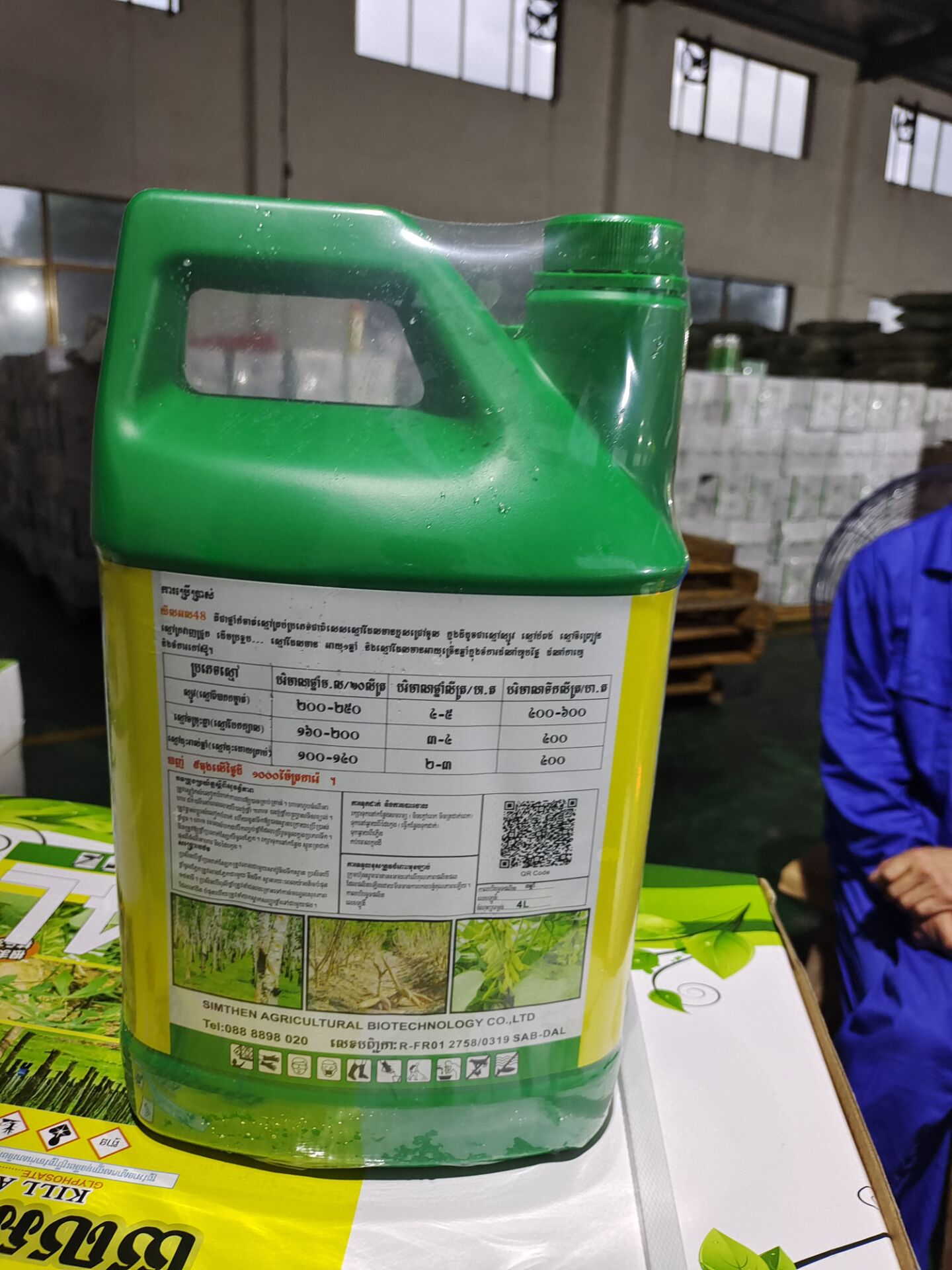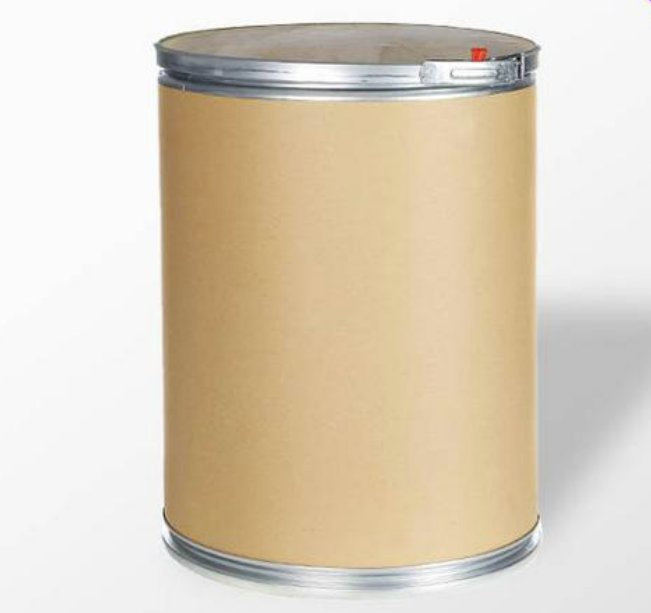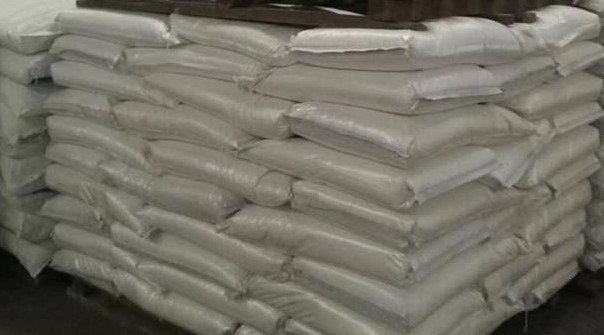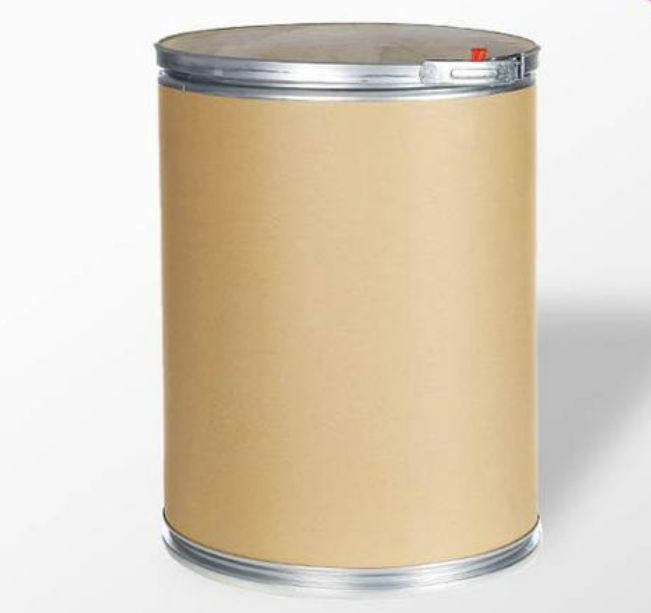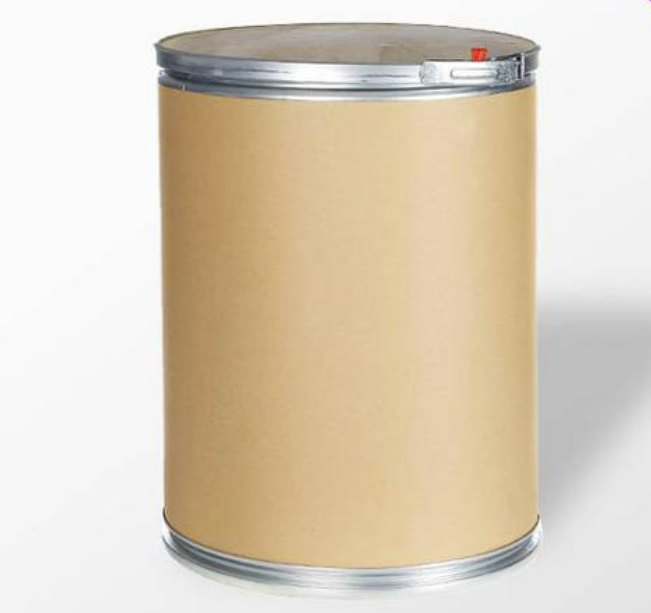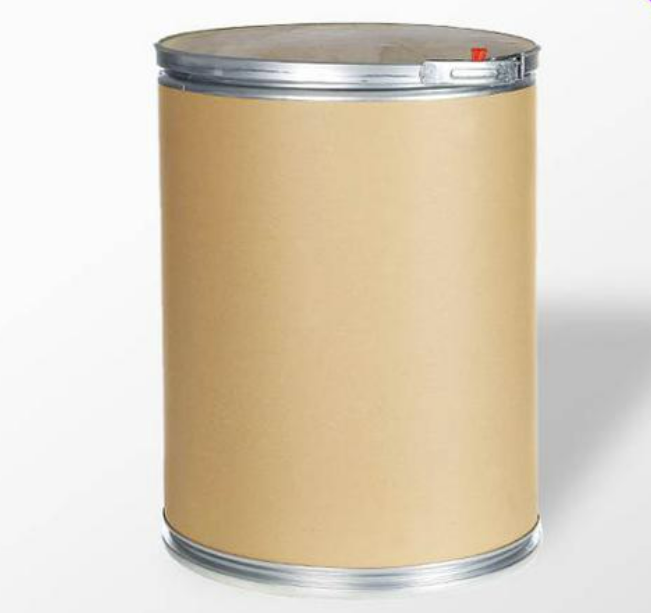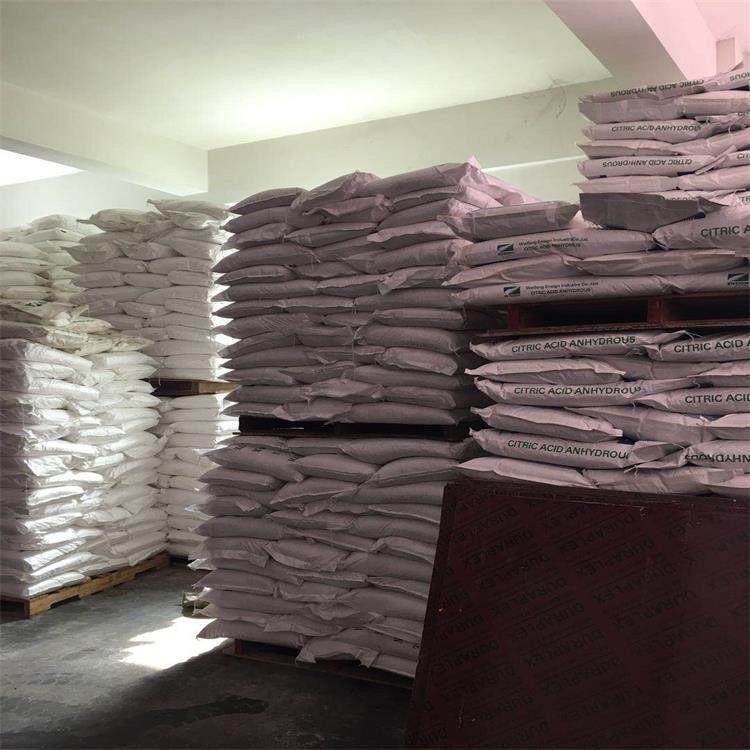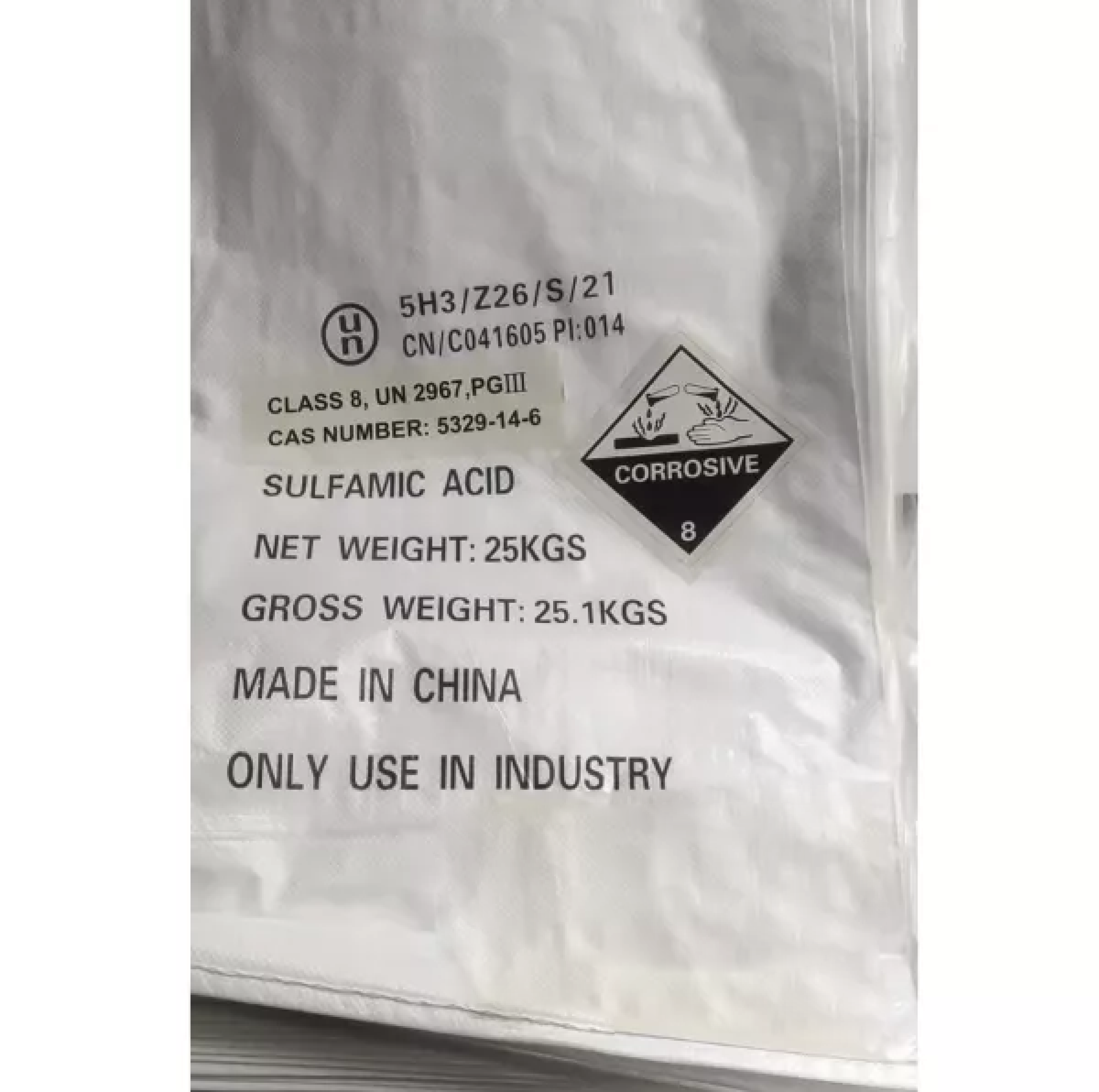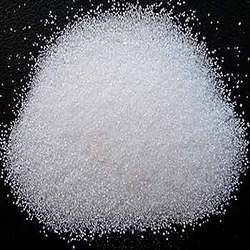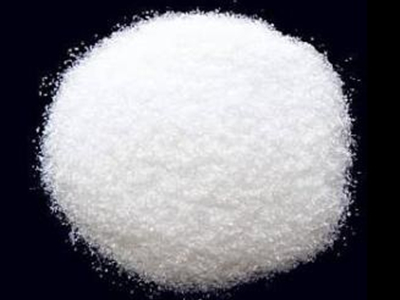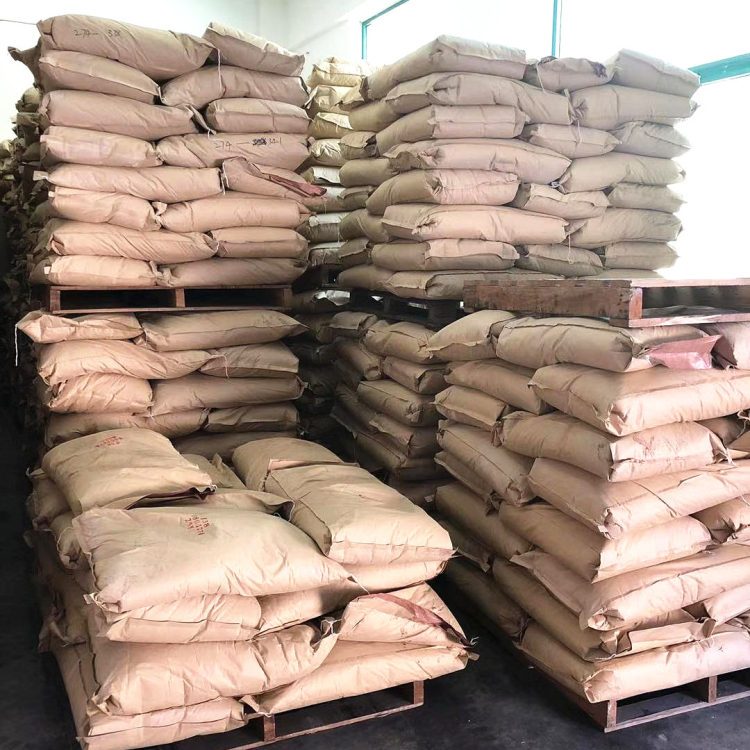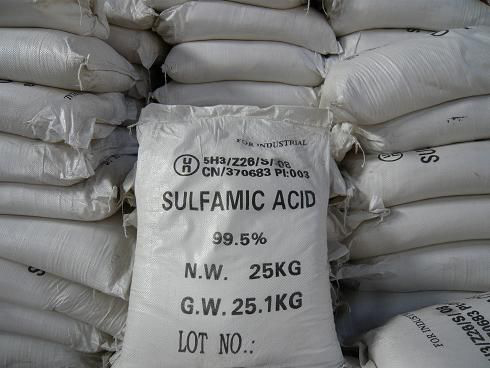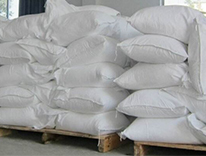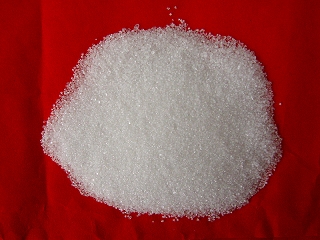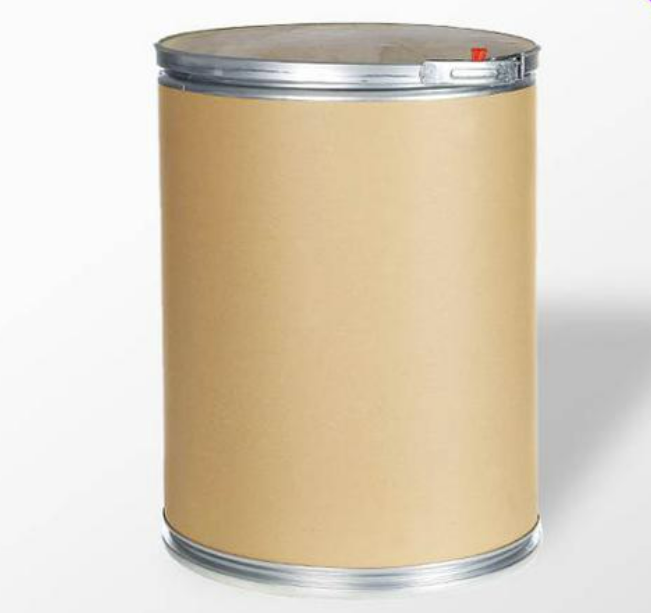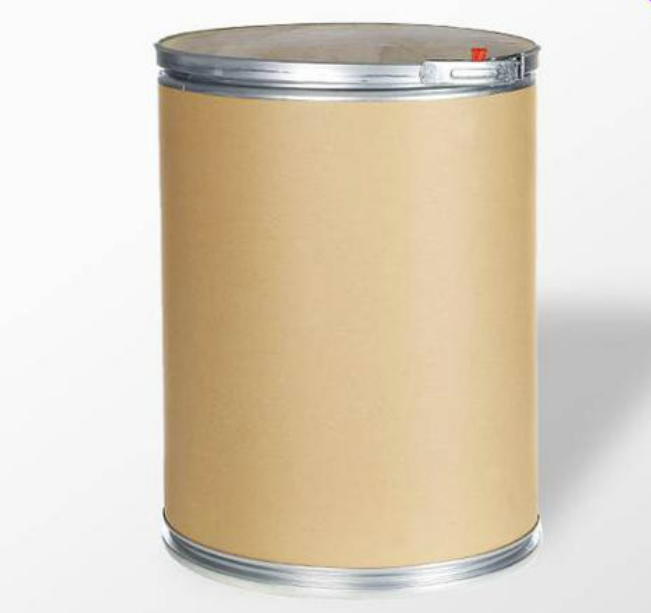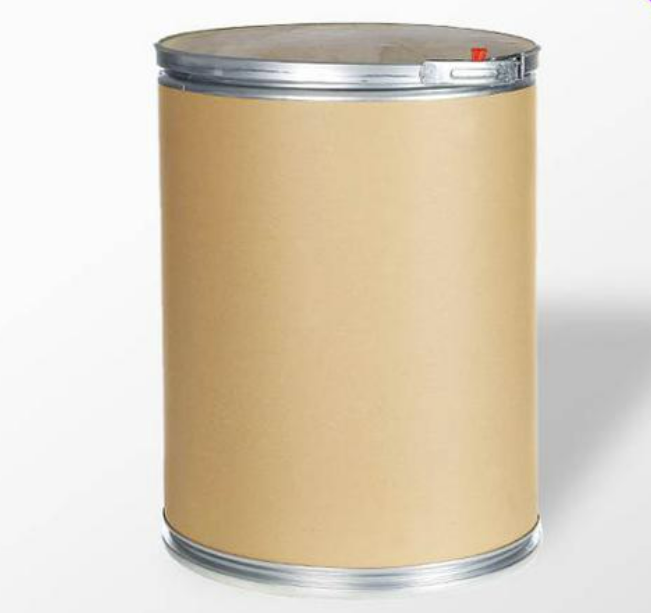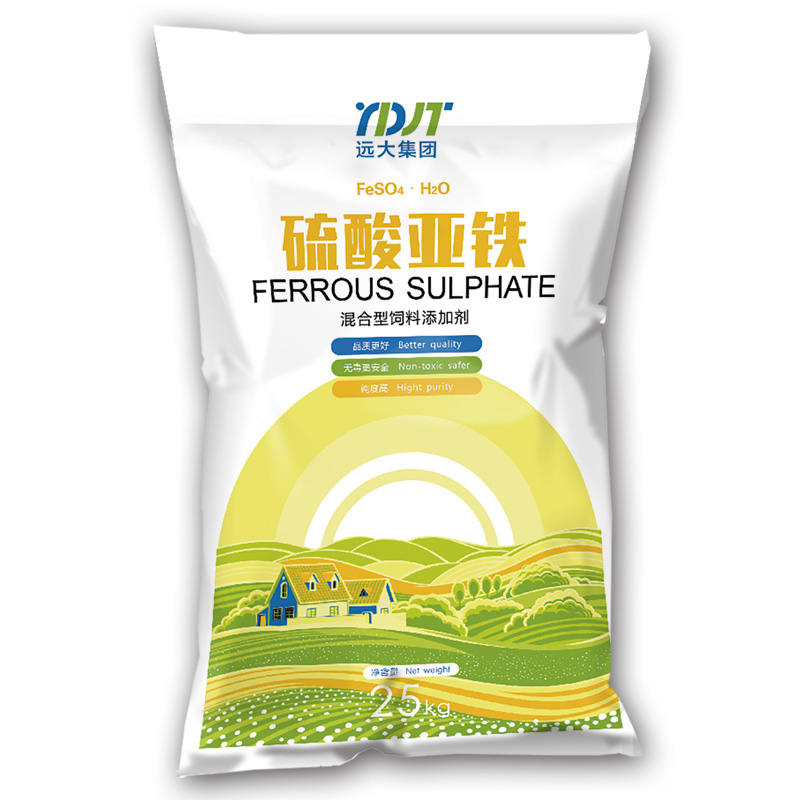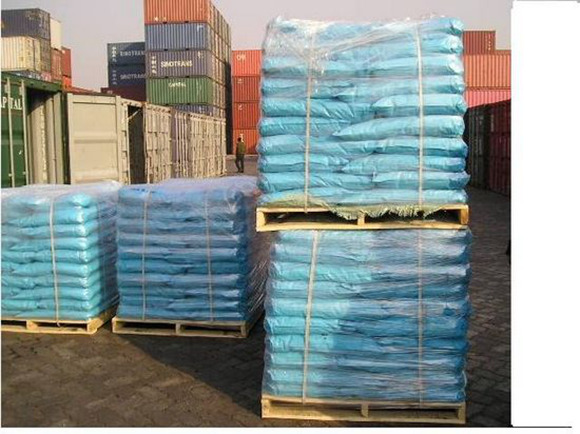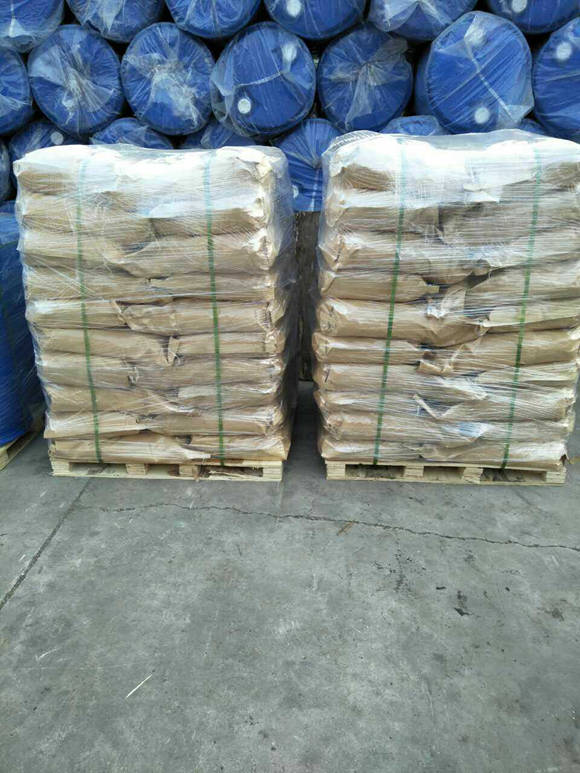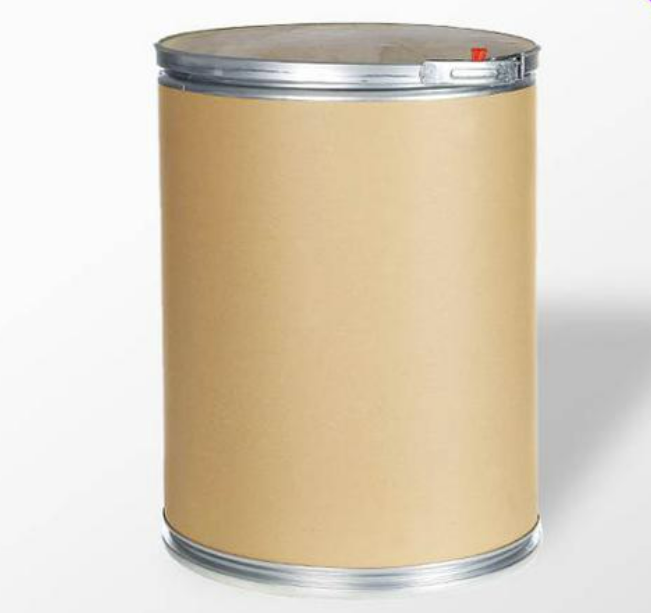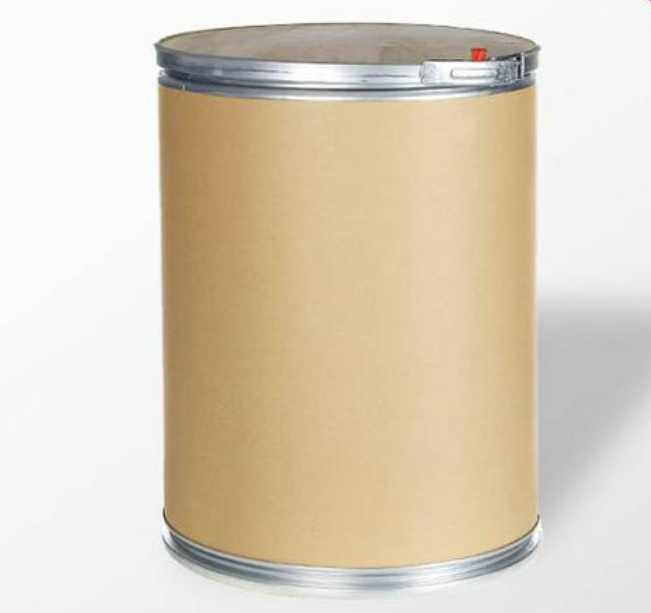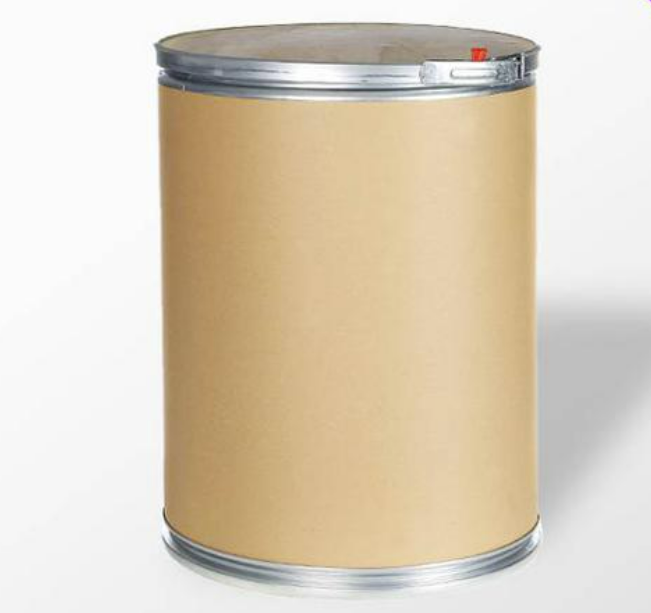Agrochemicals
Find
109
related chemicals for you
CAS:1071-83-6
Molecular Formula:C3H8NO5P
Alias
More Information
2-((Phosphonomethyl)Amino)Acetic Acid; N-Phosphonomethyl-Glycine; N-(Phosphonomethyl)Gtycinen-(Phosphonomethyl)Glycine; Glifocas; (Carboxymethylamino)Methylphosphonic Acid; Phosphonomethylaminoacetic Acid; N-Phosphomethylglycine; Glyphosate 41% SL; Glyphosate Technical; Glyphosfate
Brief Introduction
Glyphosate is a phosphonic acid resulting from the formal oxidative coupling of the methyl group of methylphosphonic acid with the amino group of glycine. It is one of the most commonly used herbicdes worldwide, and the only one to target the enzyme 5-enolpyruvyl-3-shikimate phosphate synthase (EPSPS). It has a role as an agrochemical, an EC 2.5.1.19 (3-phosphoshikimate 1-carboxyvinyltransferase) inhibitor and a herbicide. It is a phosphonic acid and a glycine derivative. It is a conjugate acid of a glyphosate(2-) and a glyphosate(1-).
Suppliers
View More Vendors (9) >
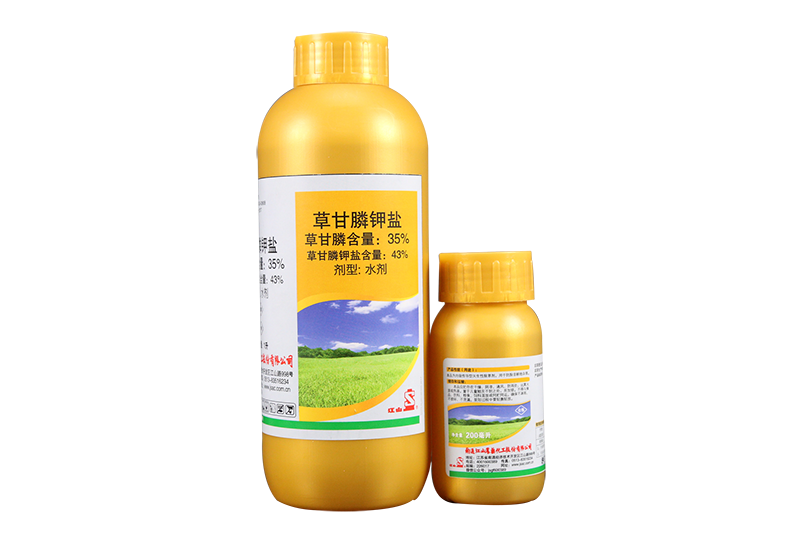
37% Potassium Salt SL
/
Tech Grade
220kg
/
Plastic Drum
CAS:5329-14-6
Molecular Formula:H3NO3S
Alias
More Information
Sulfamidic Acid; Aminosulfonic Acid; Nitrilosulphonic Acid; Jumbo; Amino Sulfonic Acid; Amidosulfonic Acid; Sulphamic Acid; Sulfaminic Acid; Imidosulfonic Acid; Aminosulfuricacid; Kyselina Amidosulfonova; Kyselina Sulfaminova; Famic Acid
Brief Introduction
The solid sulfamic acid has good stability at dry room temperature, is non hygroscopic, non-volatile, soluble in water, can ionize in aqueous solution, and is moderately acidic. It can be used as acid standard solution for alkali titration. It is slightly soluble or insoluble in organic solvents, insoluble in ether, soluble in liquid nitrogen, ethanol, formamide and acetone. Because of its excellent properties, it is widely used in acid washing agents, stabilizers, sulfonating agents, denitrifiers, disinfectants, flame retardants, herbicides, synthetic sweeteners and catalysts.
Suppliers
View More Vendors (8) >
CAS:122008-85-9
Molecular Formula:C20H20FNO4
Alias
More Information
Cyhalofop Butyl Ester; Butyl (2R)-2-[4-(4-Cyano-2-Fluorophenoxy)Phenoxy]Propanoate; Cyhalofop Butyl; Cyhalofop-Butyl; XDE 537;
Brief Introduction
Cyhalofop-butyl is an oxyphenoxypropionic acid type herbicide. It is mainly used in rice seedling field, direct seeding field and transplanting field to control most malignant gramineous weeds such as barnyardgrass, Qianjin and niujin grass, and can effectively control weeds resistant to dichloroquinolinic acid, sulfonylurea and amide herbicides. It has the characteristics of high efficiency, low toxicity and low residue.
Suppliers
View More Vendors (5) >
CAS:17375-41-6
Molecular Formula:FeH2O5S
Alias
More Information
Iron(2+) Sulfate Monohydrate; Ferrous Sulfate Hydrate; Ferrous Sulfate; Driedferrous Sulfate; Iron Sulfate Monohydrate; Iron(II) Sulfate, Monohydrate; Sulfuric acid, iron(2+) salt (1:1), Monohydrate
Brief Introduction
Ferrous sulfate monohydrate the iron contained in it is a raw material for the synthesis of blood red antibodies in animals, which can be used as a feed grade mineral feed additive for the purpose of rehydration of poultry and livestock, can promote the growth and development of poultry and aquatic animals, and enhance disease resistance. Pigments such as iron oxide red are made with ferrous sulfate monohydrate; Agriculturally used as herbicides, soil amendments and foliar fertilizers, etc., particulate products are very popular fertilizers abroad, which can effectively improve soil and remove mosses and lichens; It can also be used as a pesticide to control the lesions of wheat and fruit trees; It can also be used as an intermediate feedstock in the chemical, electronic, and biochemical industries, among others.
Suppliers
View More Vendors (4) >
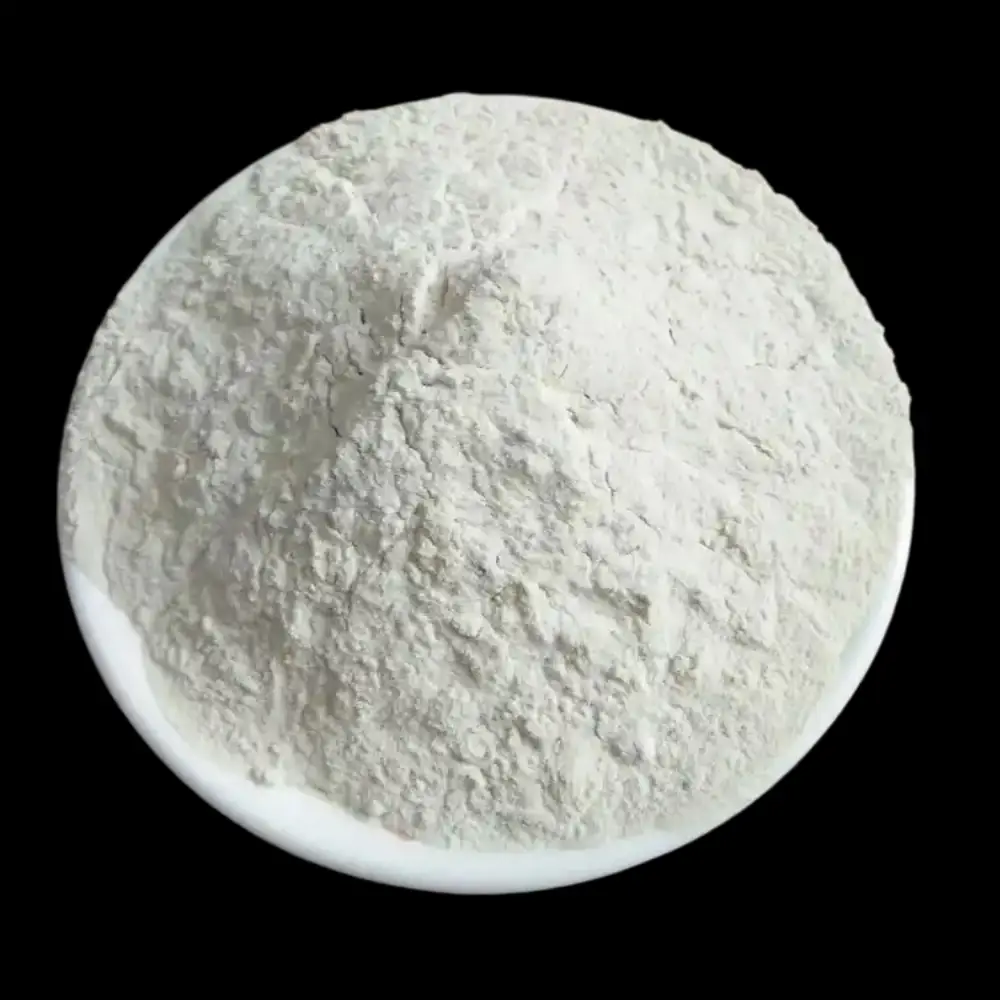
Purity: Feed Grade (≥91% FeSO₄, heavy metals controlled), Pharmaceutical Grade (USP/EP compliance, ≥97%), Technical Grade (≥93%, for industrial use)
/
-
CAS:77182-82-2
Molecular Formula:C5H18N3O4P
Alias
More Information
Ammonium Glufosinate; Glufosinate Ammonium; 2-Amino-4-[Hydroxy(Methyl)Phosphoryl]Butanoic Acid Amine; Ammonium (2RS)-2-Amino-4-(Methylphosphinato)Butyric acid
Brief Introduction
Glufosinate-ammonium is a non selective foliar organophosphorus herbicide. It is mainly used for killing weeds in orchards, vineyards, potato fields, nurseries, forests, pastures, ornamental shrubs and no tillage land, to control annual and perennial gramineous weeds, such as wild oats, horse Tang, barnyard grass, dog tail grass, quinoa, amaranth, Polygonum, shepherd's purse, Solanum nigrum, Zoysia japonica, purslane, dandelion and other broad-leaved weeds. It also has a certain effect on sedge and ferns.
Suppliers
View More Vendors (3) >
Inquiry (
10
/ 10
)
Clear All
You can inquire for up to 10 products at a time
Sign In
Error!

